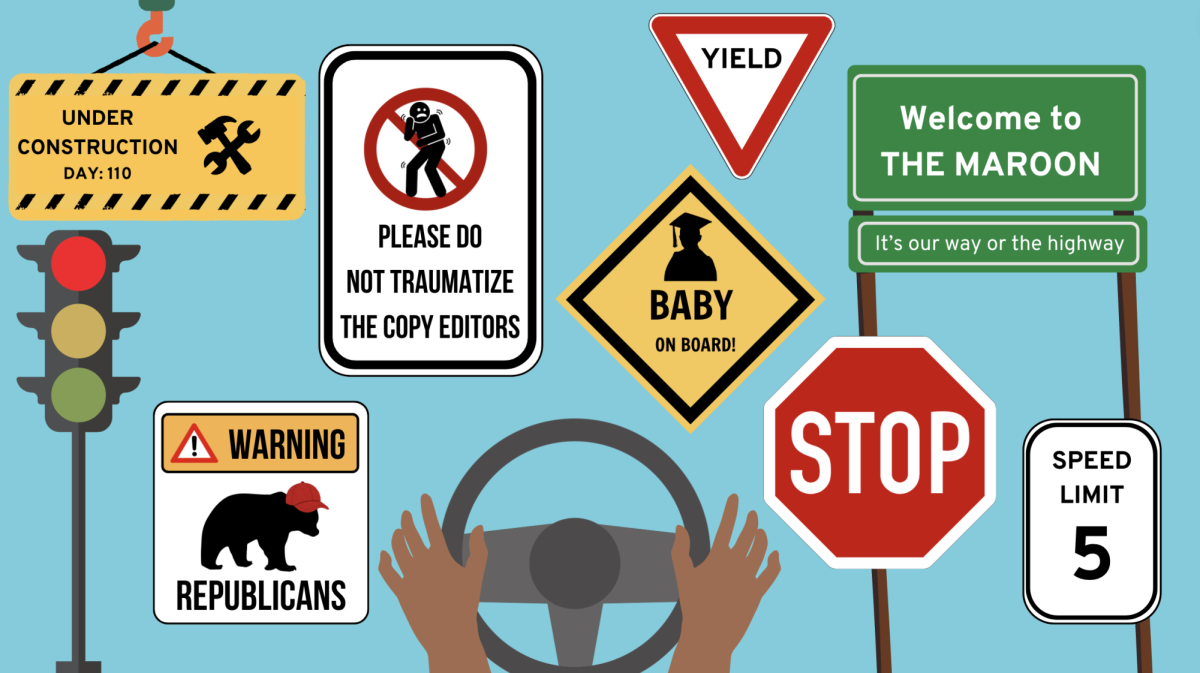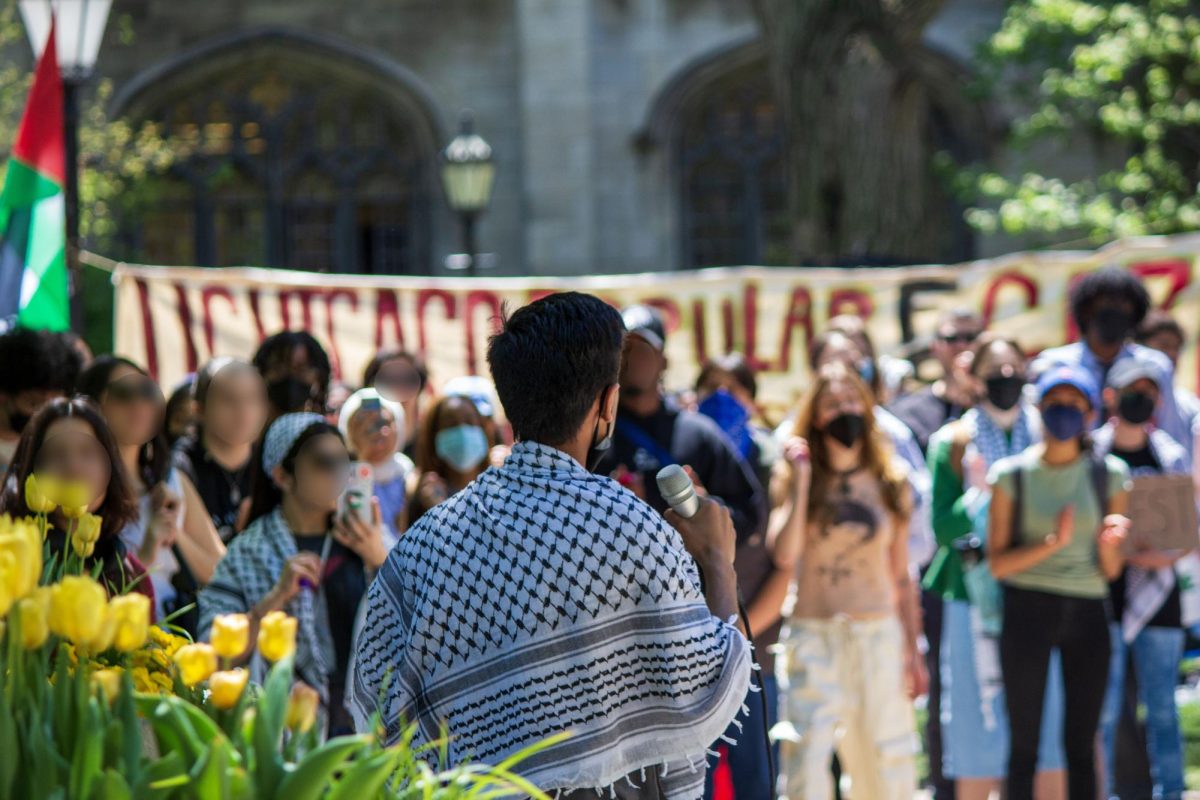[img id=”80656″ align=”alignleft”] On the U of C’s official website, between the obligatory Argonne Laboratory update and an overzealous ode of acclaim to the new Temple of Milton Friedman, I was surprised to find an article digging in the dirt. Yes—the University news feed cooked up a really sweet review of the ongoing archaeological dig in Jackson Park by anthropology graduate student Rebecca Graff and her novice team of college students. Graff and her comrades are uncovering bits and pieces of the 1893 World’s Fair, which shocked and awed visitors and residents alike even as the U of C first staked claim to Hyde Park. All we have left today are the sunken green tracts guarded by Mazaryk that we call the Midway Plaisance and the Museum of Science and Industry, which continues to shock and awe sizable crowds, as with the recent “Bodies” exhibit.
For all the studying that contributes to Chicago’s curious distinction as “the most studied city,” this is the first time we’ve taken a look at our backyard and decided to get our hands dirty. By all accounts, the Columbian Exposition was a big deal. It was proof to the world that the nitty-gritty city had coughed up the ashes of the Great Fire and blossomed forth a new beacon of civilization. Call it a moment of collective self-representation—a one-of-a-kind event to beef up the city’s merits and play down its faults.
If Chicago makes good on its glitzy bid for the 2016 Olympics, then Jackson and Washington Parks will once again play host to the world and all its precious scrutiny. As far as rhetoric goes, the Olympic Committee will choose a world-class city that demonstrates its commitment to the humane goals of “friendship, solidarity, and fair play” and provides funds to match it.
Already the armies of collective self-representation are mobilizing big names, glossy posters, and chests of cash in advance of a chance to dance on the world stage. What narratives of progress will be heard? What icons of novelty will be consumed? What imprints will be left in the soil for future archaeologists to dig up?
The Olympic Committee puts applicant cities in a peculiar bind. On the one hand, they have to play up qualities like ethnic diversity, civic harmony, and “green” credentials; on the other, the cities must make available extensive facilities and accommodations that contribute to environmental harm, civic discord, and displacement.
In advance of the 2008 Olympics, for example, international observers anticipated that China would reverse its poor record on human rights issues, but instead, Amnesty International and Human Rights Watch have declaimed against the surprising intensification of the same old abuses for the sake of fabricating harmony. Massive population displacements, the siphoning of safe food, and the diversion of clean water have all foreshadowed the opening of the Olympic village.
Marshall Knudson is a second-year in the College majoring in political science and romance languages and literatures.
By the mechanical claws of bulldozers and the calloused hands of state police, the story of Beijing’s controversial Olympic transformation is being buried, displacing local problems from the new global space. It’s clear that hosting such an event is no promise of social improvement.
Chicago faces a similar, if less coercive, transformation if development plans are implemented to make way for the 2016 games. The authoritative narrative will shelter the mundane details from our eyes, the kinds of clues that are being dug up in Jackson Park.
Already, community consternations have met with indifference from city officials who try to shutter the more sobering images of the road ahead. Olympic imperatives will put in motion the wheels of change, as new spaces are opened up for gentrification and displacement. The South Side will have to be made more camera-friendly, and billions of dollars will need to be made available to facilitate improvements and beautification as the bottom falls out from rising foreclosure rates and progressive disinvestment from public and affordable housing.
Chicago belongs to its residents first. Where poverty, ethnicity, and personal values are spatialized, we need to think twice about the costs of clearing the slate of those meaningful accretions. Otherwise it’ll be up to our descendants to dig them up.







